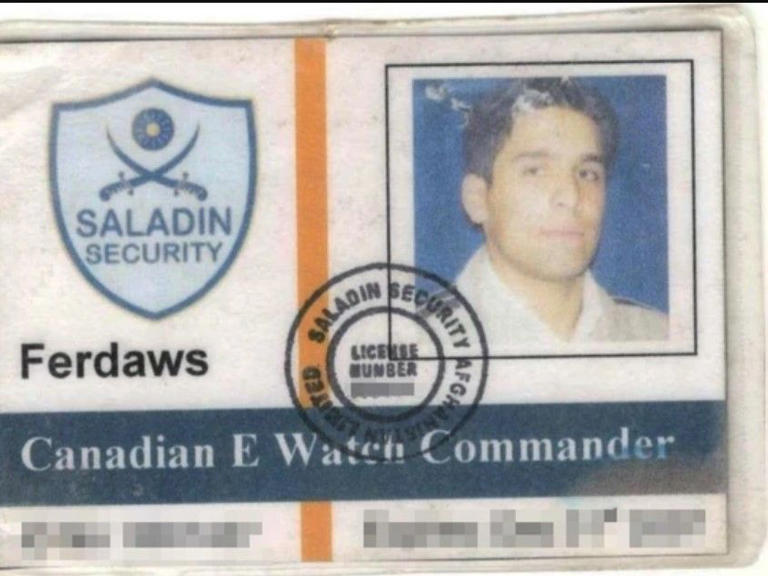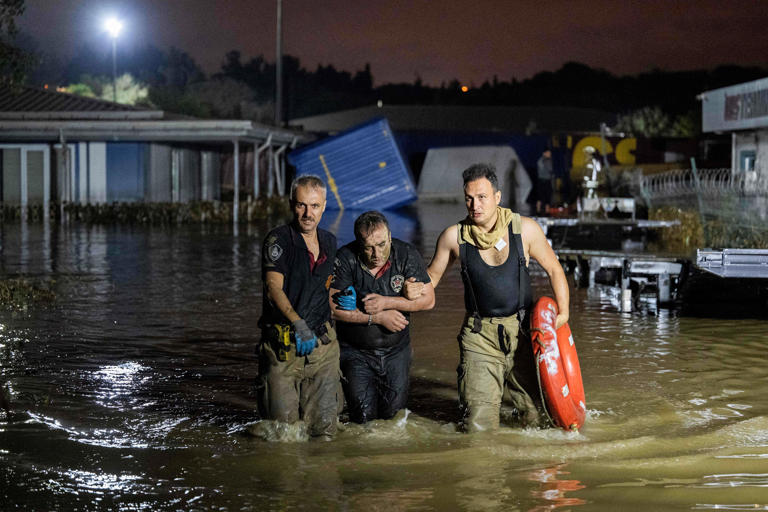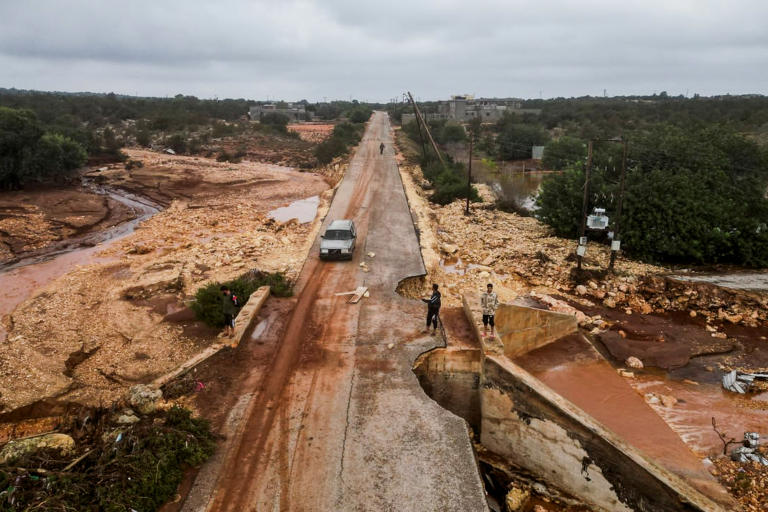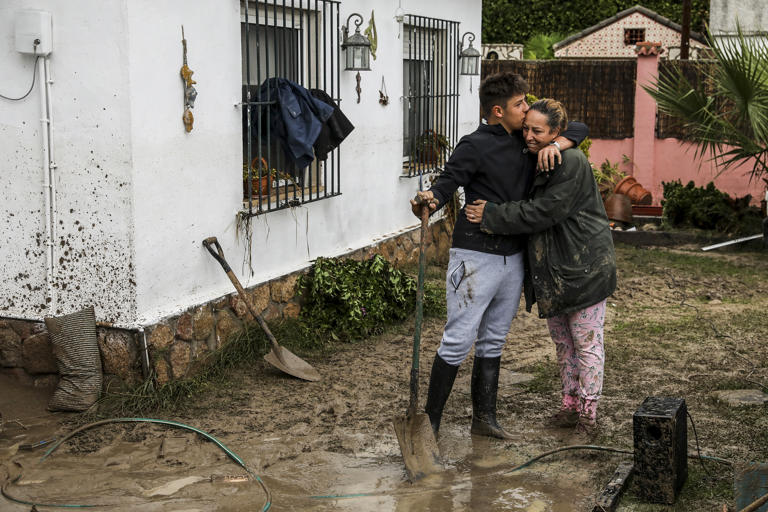BC‘Pile of lumber’: Kootenay Lake shipwreck explored by humans for 1st time since 1997
By Elizabeth McSheffrey Global News
Posted September 12, 2023

One hundred and twenty-five years ago, nine people died during the sinking of a sternwheeler ship in Kootenay Lake. It took almost a century before the vessel's wreckage was found. Catherine Urquhart reports.
A team of scuba divers from B.C. and Alberta have “relocated” a historic shipwreck in Kootenay Lake and explored it, finding a significant amount of structural collapse since the last expedition.
The 25-metre sternwheeler called the City of Ainsworth sunk in a storm on Nov. 29, 1898. Nine people were killed in what the BC Heritage Branch describes as the “largest maritime disaster” in the history of the province’s inland lakes.
The vessel’s whereabouts were unknown until 1990, when it was found at a depth of 110 metres. A dive team explored the wreckage in 1997, but since then, only submersibles have made the venture.
“We’ve been planning this for at least five years, and this year, it finally all came together,” said Brian Nadwidny, a lead diver on the most recent expedition, which took place between Aug. 28 and Sept. 2.
“People ask me, was I excited when I first saw the wreck? And all I could think when I first saw it was, ‘OK, it’s time to get to work.'”
To dive to depths as deep as the wreckage of the City of Ainsworth requires special training. When the first dive team went down in 1997, it was the deepest scuba dive to a shipwreck in Canadian history at the time.
It took 10 years to assemble the gear and a team with enough qualified divers, Nadwidny told Global News. In the end, seven people, including surface support, ventured out into Kootenay Lake.
The scuba divers went down in pairs three times, with each dive limited to 10 minutes in length. The first time, Nadwidny said he and his partner saw nothing but mud, with their shot line roughly 30 feet away from their target.
“We repositioned the shot line,” he said. “I went down two days later with Johnny Ryan and I got some more footage of it.
“With it only being 10 minutes, we really didn’t have a lot of time to look at the wreck as a whole. It was basically hit the ground and start filming and shooting pictures right away.”
The bottom of Kootenay Lake is especially muddy, Nadwidny added, so divers had to take extra care not to land on its floor and stir up the dirt, obscuring visibility.
Over the course of their dives, the team found that the wreckage had “deteriorated significantly” from 1997, with the upper deck now totally collapsed and the main deck collapsed on the starboard side.
The wheelhouse is still there, but Nadwidny described the City of Ainsworth as “mostly a pile of lumber.”
“The only thing really left standing is the wall on the port side with a door and a window, and of course, the paddle wheel’s intact as well,” he said. “Also still standing at the bow is the flagpole and the capstan.”
Few artifacts were found, he added, apart from a work bench with a vice on it and a bell near the rear of the ship in the machinery area. Nadwidny said it once had a line attached to it that led to the wheelhouse, which the captain would pull when he wanted to go faster or slower.
According to the BC Heritage Branch, the City of Ainsworth is considered a “significant example” of advanced late-19th century marine technology. Its paddlewheel, which has offset bucket planks meant to reduce vibration, is the only one of its kind documented in the province.
The vessel was built in 1892 in the mining town of Ainsworth and was part of a transportation network that carried freight and passengers to communities along Kootenay Lake, and as far away as Bonners Ferry in Idaho.

Nadwidny said he’s been dreaming of diving to the City of Ainsworth for more than a decade. He, and everyone else on the team, all want to go back for another venture next year to collect more invaluable footage.
“What we’re going to do next time is we’re going to focus more on certain areas rather than just trying to shoot the whole thing in 10 minutes,” he said.
“We plan to go next year and focus on maybe, just the bow for the one dive, or maybe just the midships for the one dive, maybe just the wheelhouse for one dive. That way, after we do about five or six dives on it, we’ll get a better idea of what the state of things are exactly and have a better record for future people to look at.”
After the dives were complete, the team of seven laid flowers in the water in honour of the lives lost on the vessel.
Johnny Ryan, Glenn Farquhar and Alan Drake were on the dive team with Nadwidny, and John McCuaig, Cathie McCuiag and Terina Hancock made up the surface support team.
“Everybody had an equal part in getting this done. This is not a dive that’s done easily,” said Nadwidny.
Kootenay Lake
Kootenay Lake is a lake located in British Columbia, Canada. It is part of the Kootenay River. The lake has been raised by the Corra Linn Dam and has a dike system at the southern end, which, along with industry in the 1950s–70s, has changed the ecosystem in and around the water. The Kootenay Lake f...
Wikipedia

























